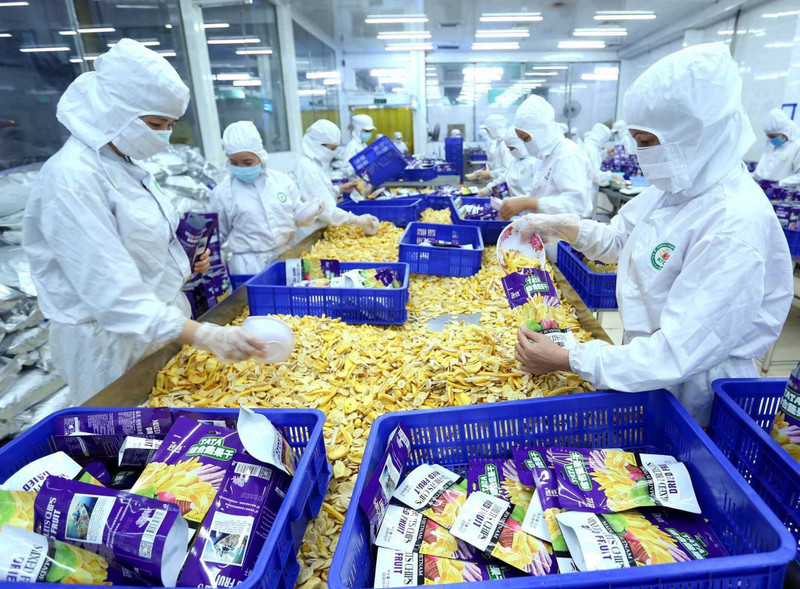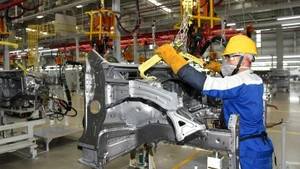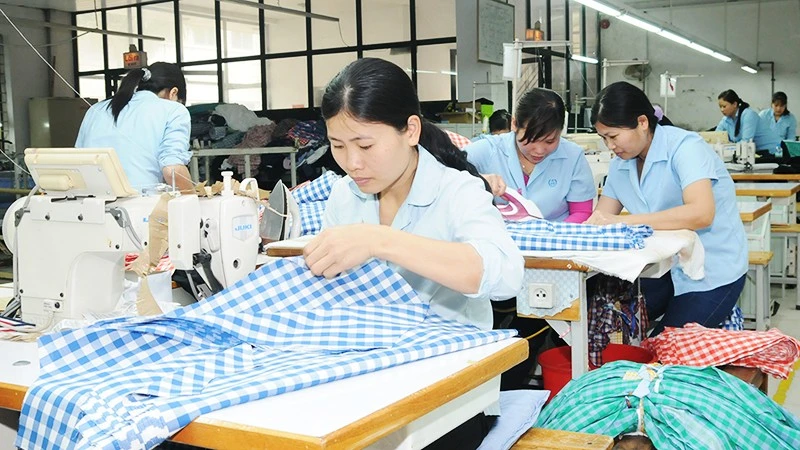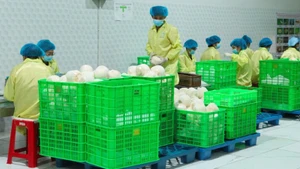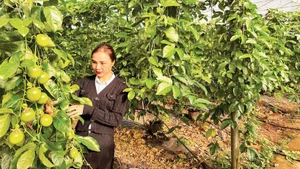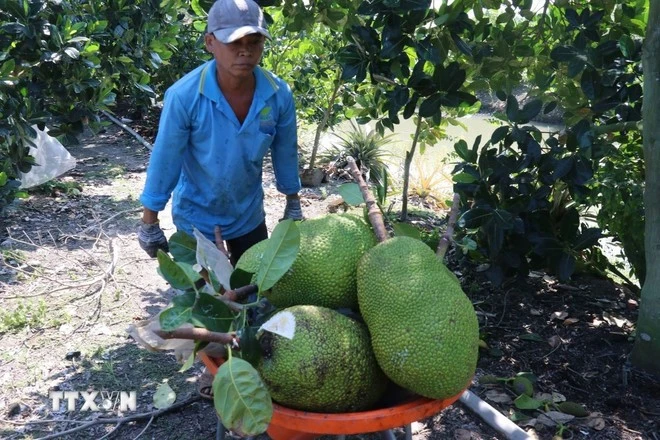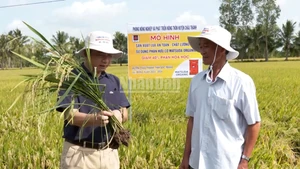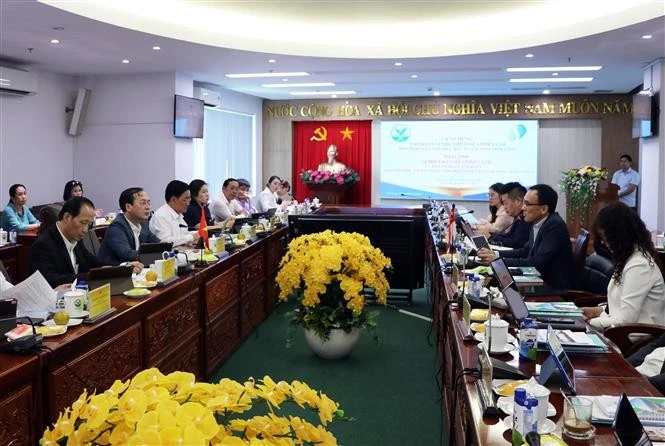This is the highest proportion among Vietnam’s manufacturing sub-industries, reflecting its importance in meeting the domestic need for food and the export demand.
It is also one of the sectors least affected by socio-economic changes since it is an essential daily need of every consumer as seen by the growth rate of 4.5% in 2020, despite the severe impacts of COVID-19. The sector began to recover in early 2021 and recorded a growth rate of over 7%.
In addition, over the past time, Vietnam has signed many free trade agreements with countries and regions around the world, helping to create market advantages for enterprises in the food manufacturing and processing industry.
Information from Vietnam’s trade missions abroad shows that the demand for processed food is increasing in many countries in the post-pandemic period. Besides major markets such as Europe and the US, traditional markets in Asia and some new markets in Oceania and Africa are also witnessing a rising demand for fruits, coffee, pepper, cashew nuts, catfish and tuna.
But to date Vietnam has had only over 7,500 companies in agricultural processing, making up less than 1% of the total number of enterprises nationwide and most of them are small and medium-sized businesses. Such a situation is leading to a waste of domestic agricultural materials and is one of the reasons why the majority of Vietnam’s agricultural exports are in raw or pre-processed forms, despite a revenue of over 53 billion USD in 2022. Therefore, enterprises need to focus on developing refined and highly processed products to increase profits and further enhance the added value of the agricultural sector.
To meet this requirement, in 2022 the Prime Minister approved a strategy on agricultural mechanisation and processing until 2030, intending to raise the value growth rate of the agricultural processing sector to 8% per year by 2025 and 10% per year by 2030. Under the strategy, the proportion of processed products in agricultural exports will reach 60% and Vietnam will have several modern agricultural processing corporations, with world-class economic potential and management levels.
Solutions for such targets include reforming the mechanisms and policies; enhancing the quality of human resources; promoting research, application and transfer of technology; and increasing international cooperation in agricultural processing. Such measures will facilitate enterprises to effectively tap into the “gold mine” of food processing, thereby soon realising the goal of making Vietnam one of the ten leading agricultural processing centres in the world.
